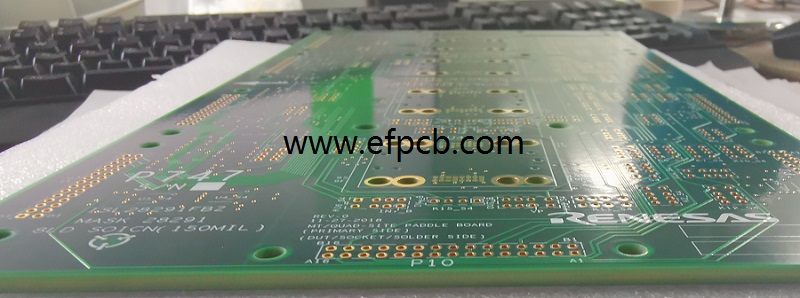Backplane Boards: The Backbone of Modern Electronic Systems

Keywords: Backplane Board
Backplane Board is an essential component of many electronic systems, including computers, servers, and industrial control systems. These circuit boards serve as a backbone for interconnecting various components such as power supplies, input/output (I/O) modules, memory modules, and other peripherals.
In this blog post, we will explore the basics of backplane boards and their significance in modern electronic systems.
What is a Backplane Board?
A backplane board is a printed circuit board (PCB) that serves as a backbone for interconnecting various components of a computer or other electronic systems. It typically contains a set of connectors or sockets that allow other boards or modules to be inserted or plugged in. These connectors are designed to match the pinout and mechanical dimensions of the modules to ensure proper alignment and signal transmission.
A backplane board can have one or more slots, depending on the number of modules it needs to accommodate. The number of slots and their spacing is usually standardized to allow for easy swapping of modules between different systems.
Backplane Board can be categorized into two types: passive and active. A passive backplane board provides only electrical connections between the modules and does not contain any active components, such as amplifiers or signal conditioners. An active backplane board, on the other hand, contains one or more active components that provide signal buffering, amplification, or signal conditioning.
Why are Backplane Boards Important?
Backplane boards are an essential component of many modern electronic systems because they provide a flexible and modular architecture for interconnecting various components. This modular architecture allows for easy customization and scalability of the system, as new modules can be added or replaced without the need for significant rewiring or redesigning of the system.
Backplane boards also provide high-speed and high-bandwidth interconnections between the modules, which are crucial for ensuring proper system performance. The backplane board's design can include features such as shielding, termination, and impedance matching to minimize noise and signal degradation.
Conclusion
The backplane board's design can include features such as shielding, termination, and impedance matching to minimize noise and signal degradation. As technology continues to advance, Backplane Board will likely continue to play a critical role in the development of more advanced electronic systems.




